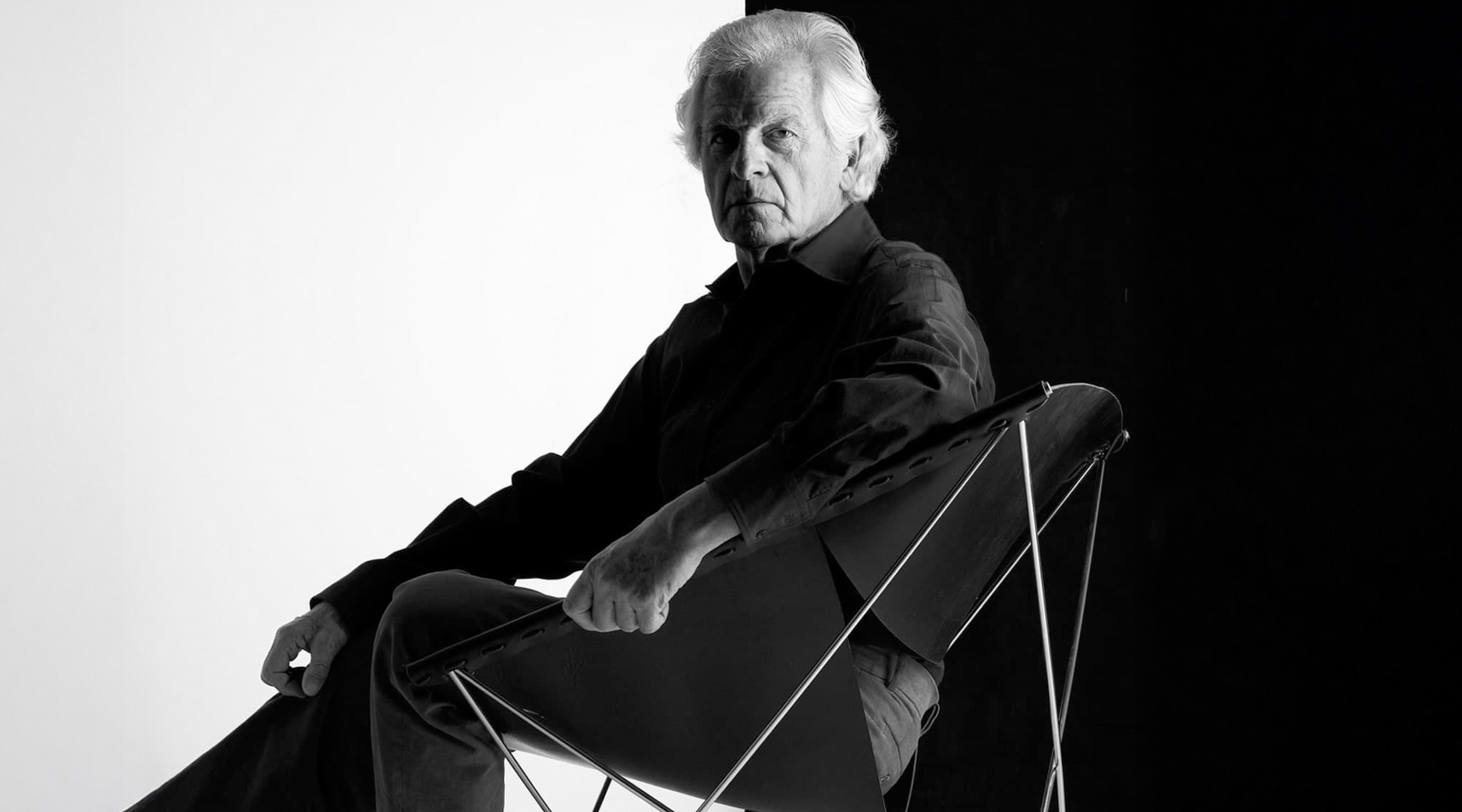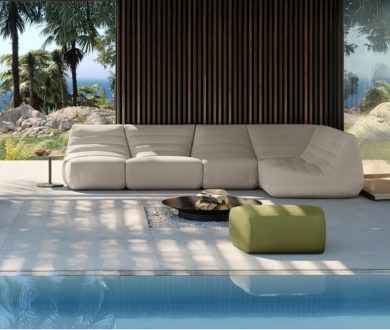There are few design luminaries whose influence is as ubiquitous as that of Pierre Paulin. Known for his innovative work that revolutionised everyday furniture, Paulin’s hand has crafted some of the most iconic furniture designs in history. Many of his works, despite being released over half a century ago, remain as coveted today as they were then — a signifier of his unbridled vision.
Born in Paris in 1927, Pierre Paulin drew early inspiration from his two uncles, a vehicle designer and a sculptor, who instilled in him an early appreciation for the beauty of objects.
Initially studying ceramics in Vallauris, followed by stone carving in Burgundy, Paulin set out to become a sculptor, following in his uncle’s footsteps. After an injury derailed his plans, he enrolled at the École Camondo in Paris, where he joined the brilliant post-war furniture designer Marcel Gascoin’s workshop. Initially serving as an apprentice, he honed his craft and discovered an early interest in Scandinavian and Japanese design, before travelling to Scandinavia and the United States to begin a career in furniture design.
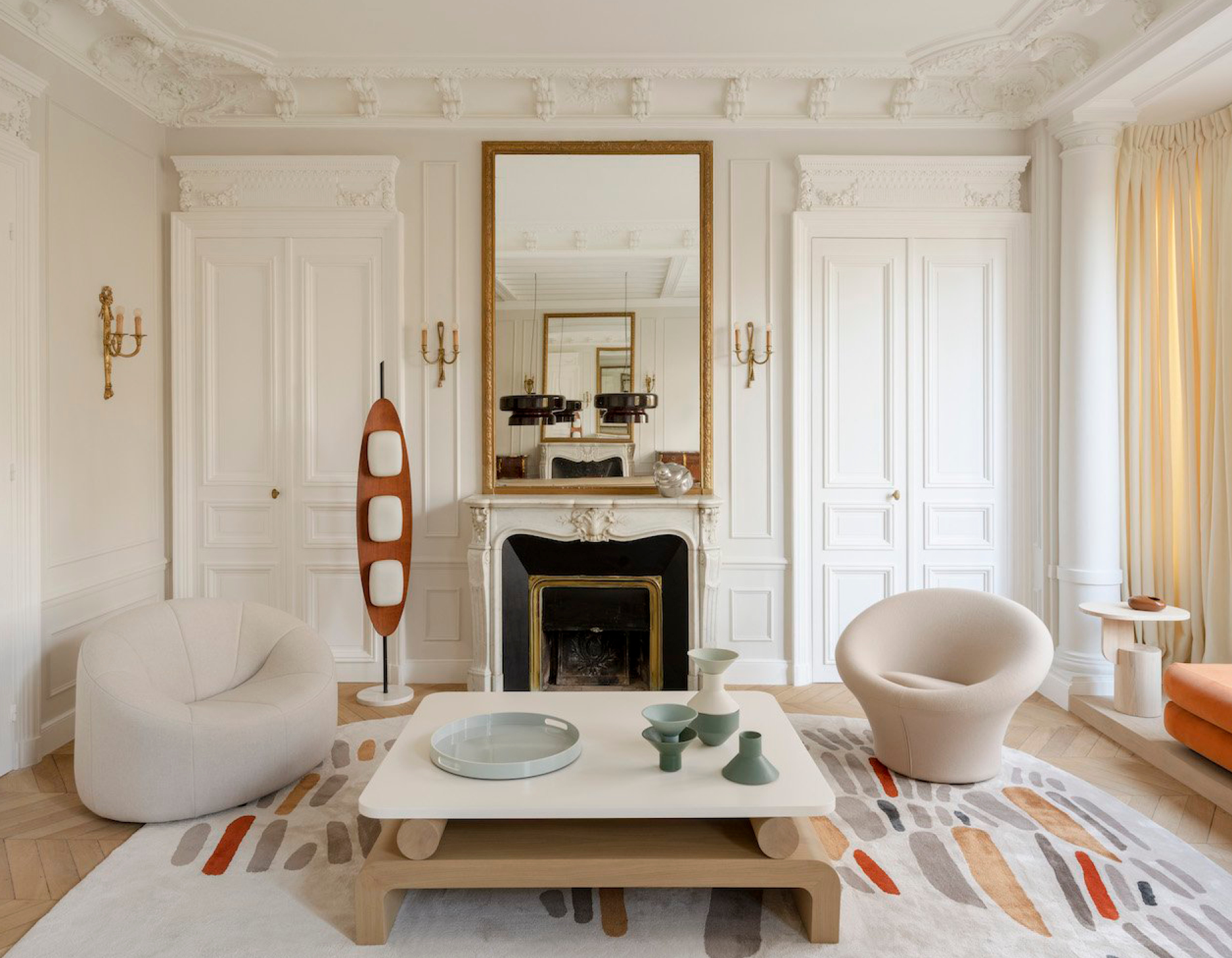
Eventually going on to become one of the most known masters of his field, Paulin’s early career saw him join the team at Dutch manufacturers Artifort, where he shot to global fame following the release of his Mushroom chair in 1960. His work, characterised by the prioritisation of comfort over aesthetics, stood out for its organic form and sculptural shape, changing the face of seating forever.
During the 70s and 80s, Paulin was invited to decorate and furnish several places of significance. Notably, the designer redecorated the living, dining, smoking, and exhibition rooms of the Elysée’s private apartments for Pompidou in 1971, conceiving, as part of the project, one of his most widely revered and iconic collections — his Pumpkin seating. Reissued in 2008 in collaboration with Ligne Roset, Paulin’s Pumpkin seating evokes, as the name suggests, an oversized pumpkin — drawing on its organic form to welcome the user with a protectively voluptuous shell.
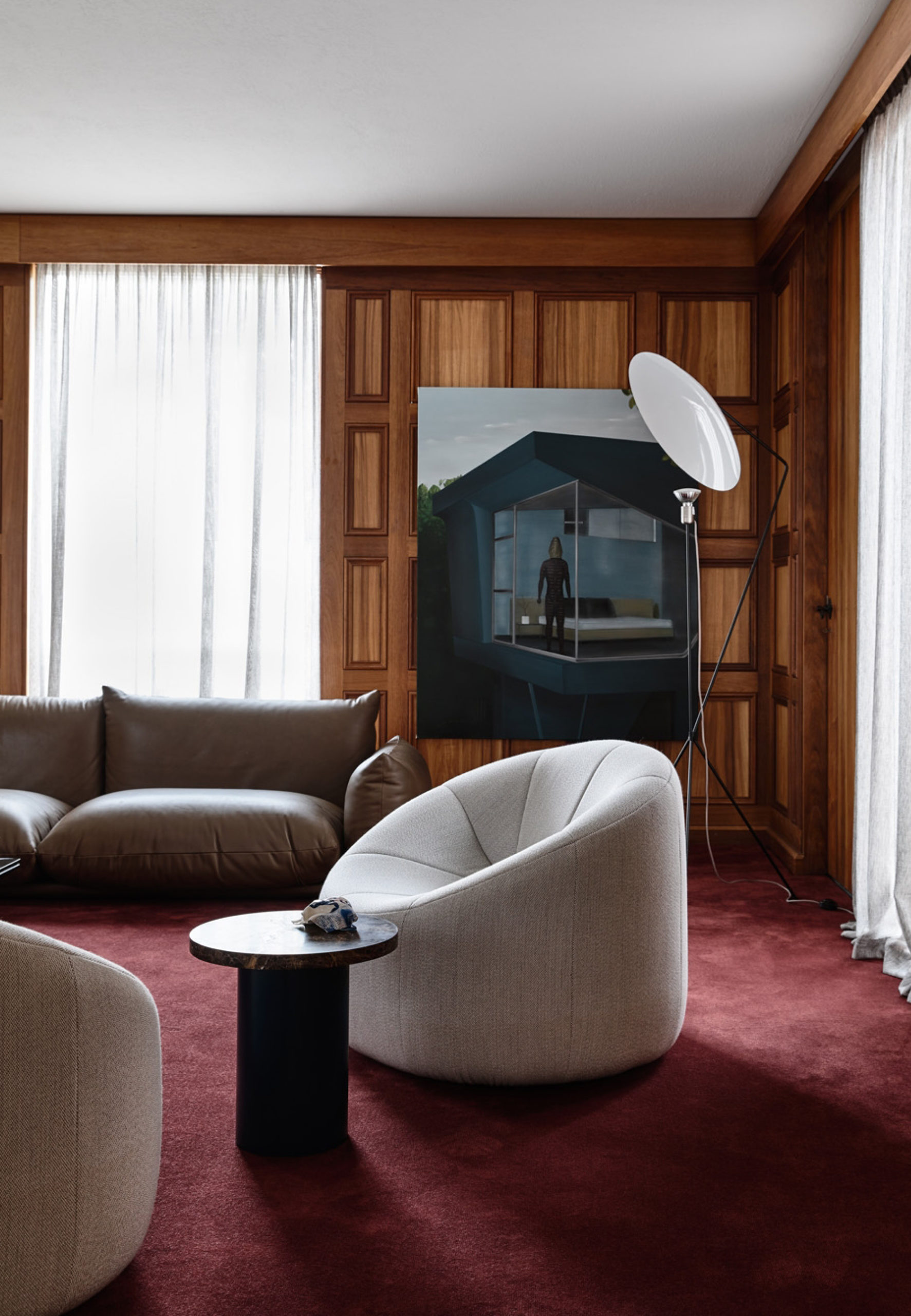
In a similar style, the Alpha sofa is a masterpiece of modern design originally conceived in 1970, defined by its sculptural silhouette and deep, enveloping comfort.
10 years after first joining forces with Ligne Roset (and nine after the designer’s death), the family-run company which seeks to preserve Paulin’s great legacy reissued three designs in 2018 with Roset: Bonnie, Gavrinis 3, and CM 131. The designer’s Bonnie seating was dreamt up in 1975 — a cocoon-like sculptural seat made of foam that hugs the body just so.
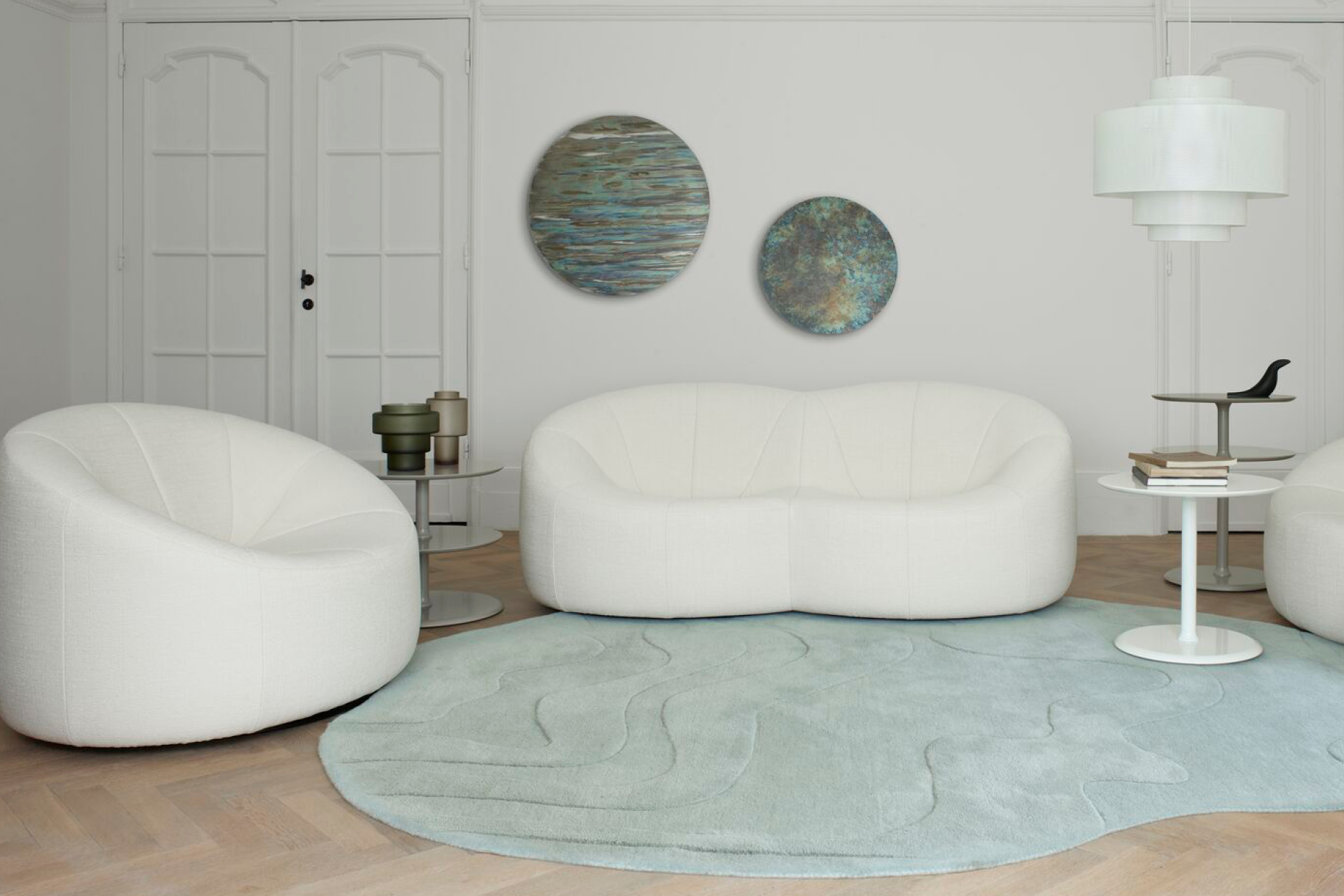
Another iconic design — only released following the designer’s death, the Dune Ensemble modular sofa is more a landscape than a piece of furniture, its undulating peaks and valleys adaptable to any space and lifestyle, empowering a home’s inhabitants to be the architects of their own space.
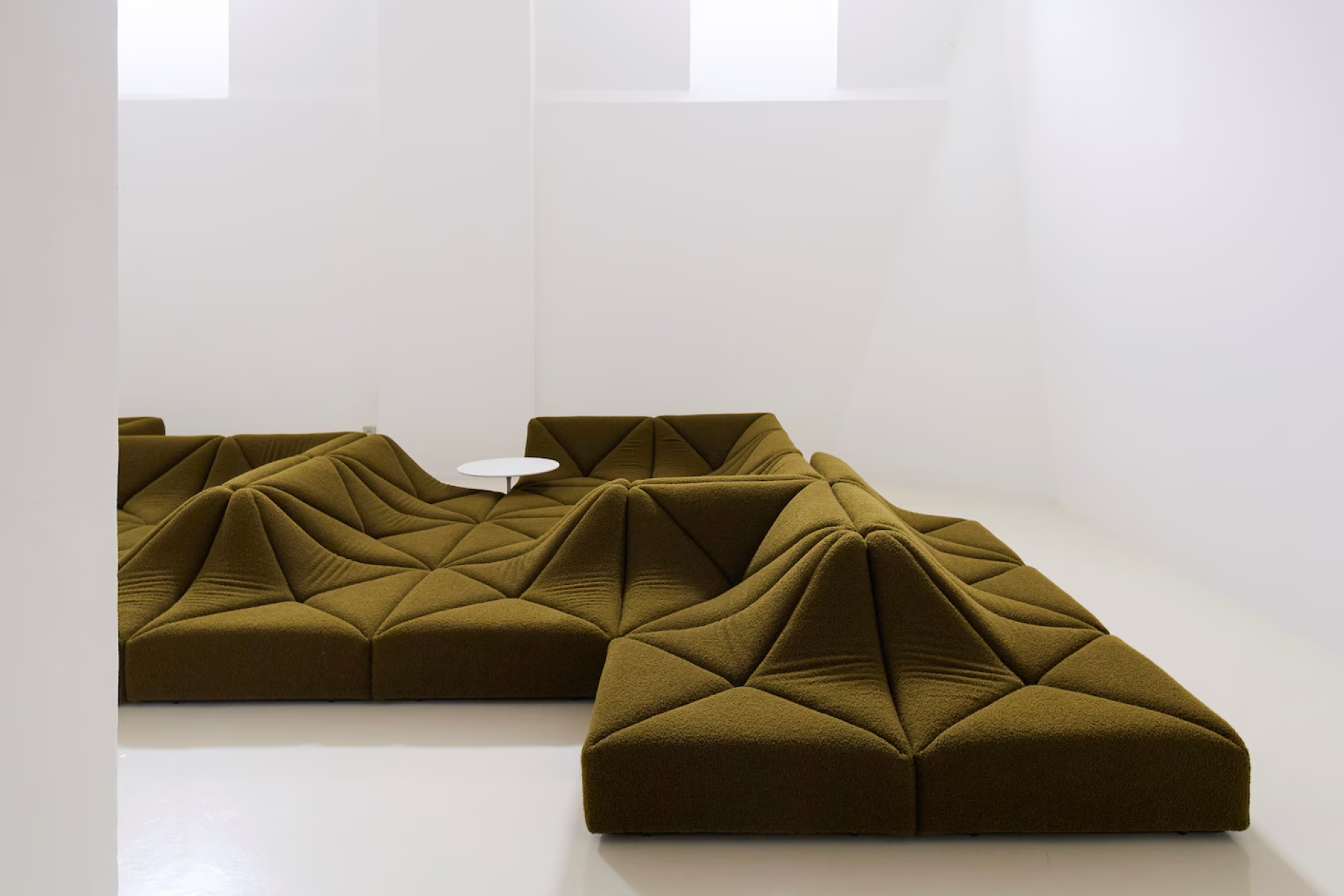
Paulin’s Groovy armchair epitomises Space Age design, its fluid, legless form — sculptural yet ergonomic, remains a coveted icon of mid-century avant-garde design. While his series of rugs explores organic abstraction, taking on a fluid, sculptural form, echoing the contours of a hand-drawn sketch.
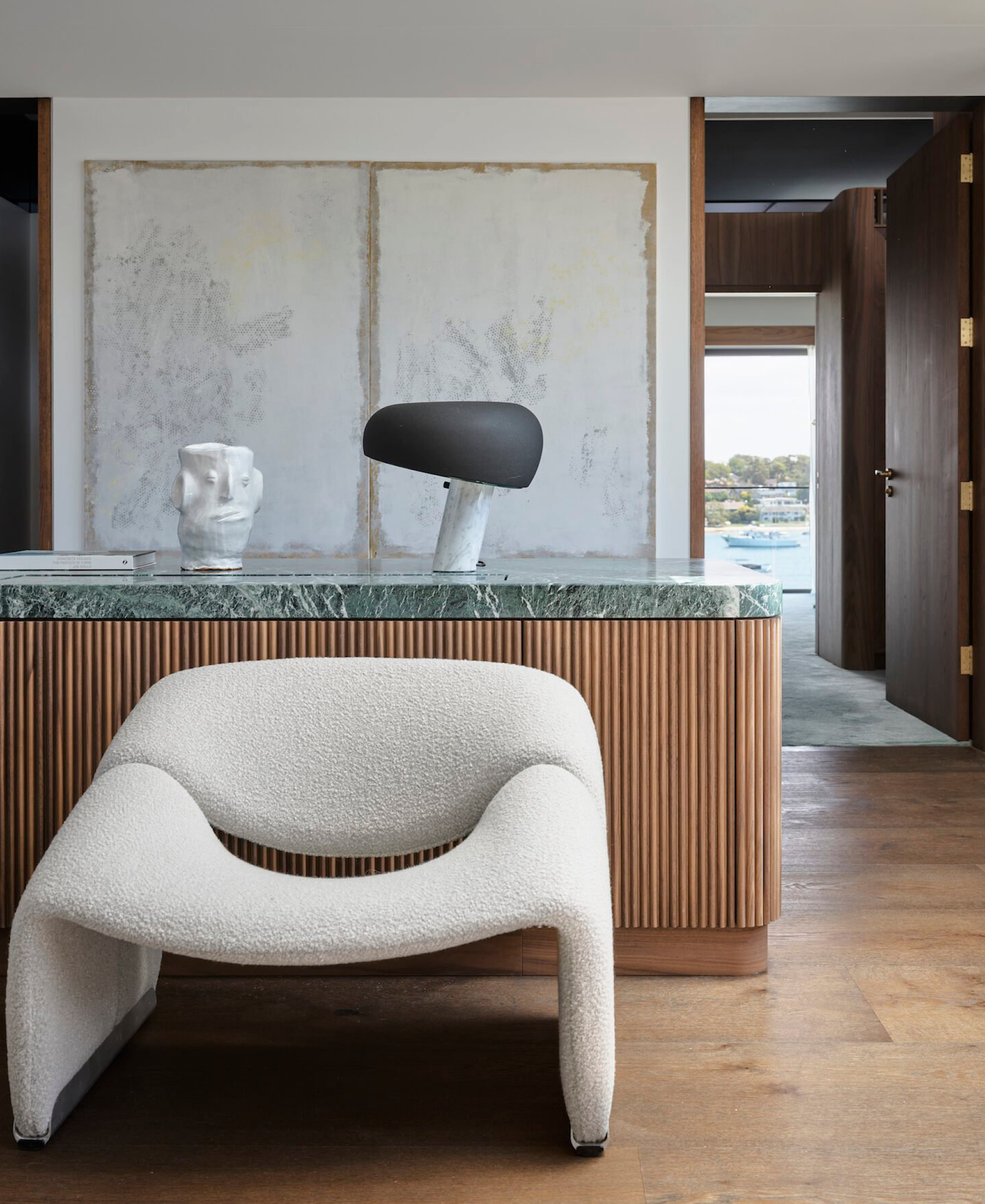
Despite always shying away from the spotlight, today, Paulin’s legacy stretches far and wide. His work stands in the homes of some of the world’s foremost collectors, and his designs can be found in contemporary art and design collections around the world, from MOMA to the V&A and the Centre Pompidou in Paris, solidifying his standing as one of history’s most influential designers.
Pierre Paulin’s most iconic designs are stocked locally at Ligne Roset.

